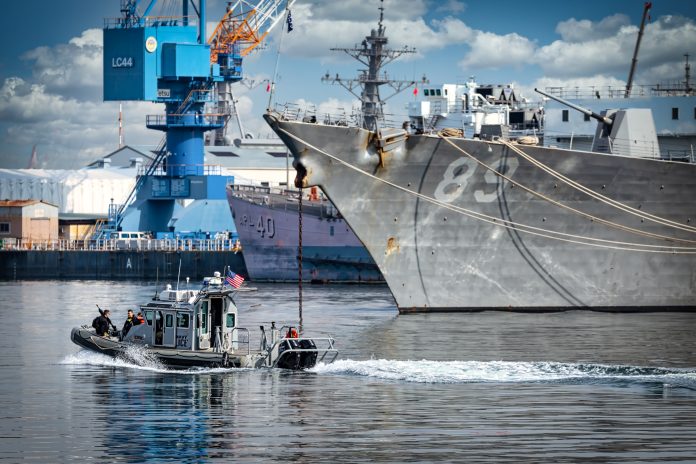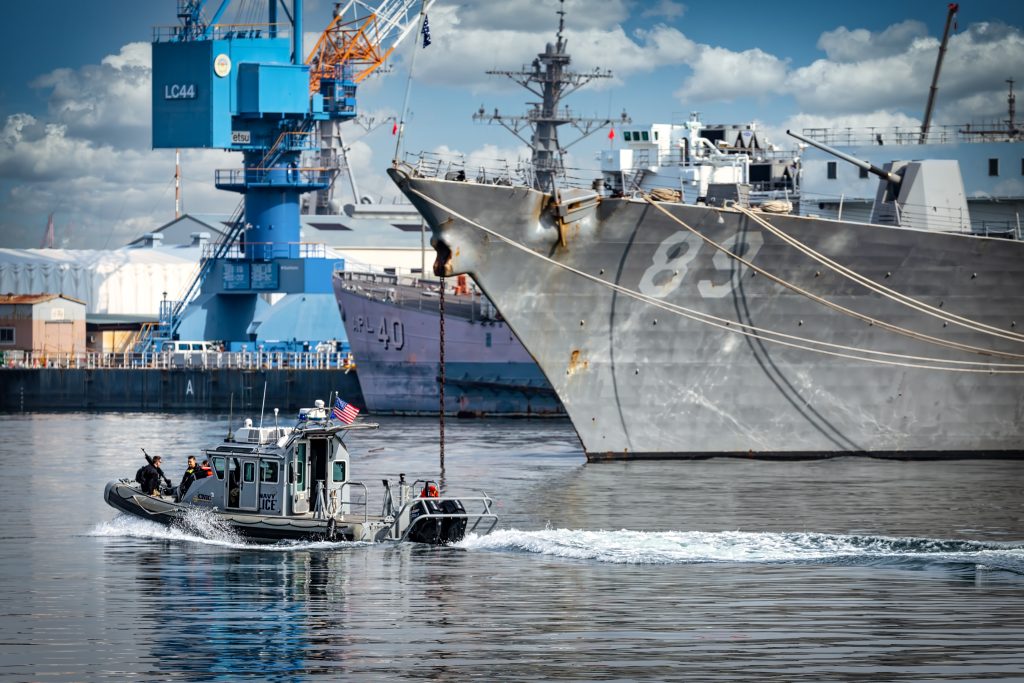
“The future of naval war is out of sight, but very much real in the unseen web of sensors, drones, and information that now dominate the seas.” This US Navy’s recent attack on a cartel cocaine laboratory was not only news it was a tutorial on how modern technology, intelligence, and surgical tactics are changing the sea war’s rules.. What followed was more than an attack; it was a demonstration of how modern navies blend old-school toughness with a virtual arsenal to break up criminal realms and exhibit potency in disputed oceans.
For military tech geeks, the operation offers a glimpse, if brief, into the Navy’s new playbook hybrid in nature with unmanned systems, artificial intelligence, and electronic warfare bundled together as a powerful capability. Here are the most interesting innovations and strategic insights that resulted from this milestone event and implications for naval special operations’ future.
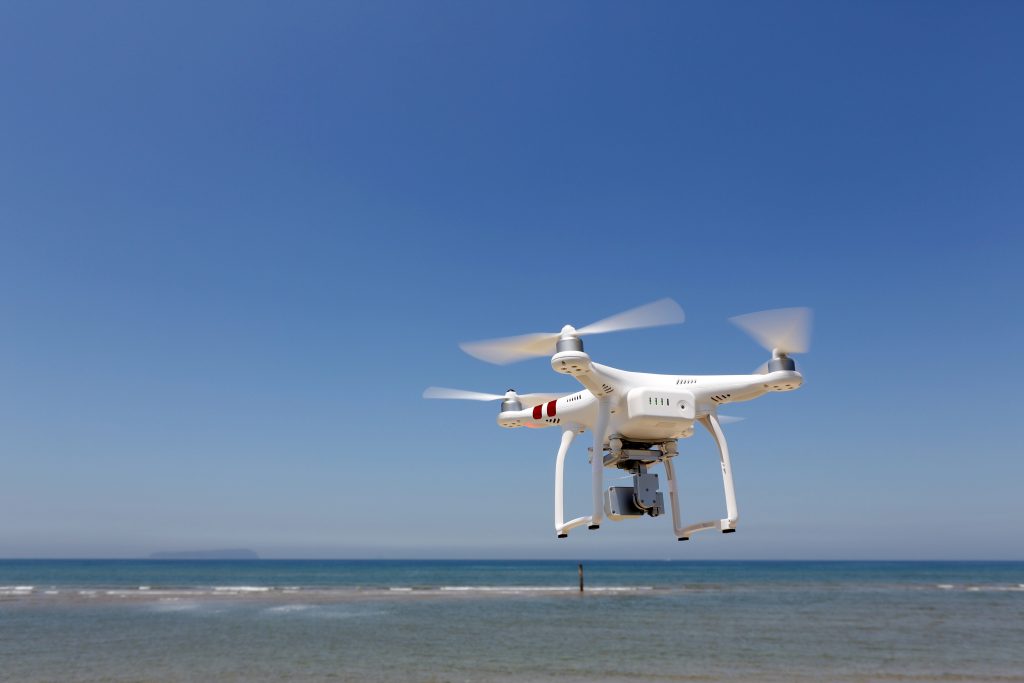
1. The Rise of Unmanned Surface Drones in Counter-Narcotics Efforts
The US Navy’s use of Saildrone Voyager unmanned surface vehicles is a significant leap in naval surveillance. The 10-meter vessels, equipped with advanced radar and cameras, can patrol thousands of square miles a day at a fraction of the cost compared to traditional platforms. As Cmdr. Jon Williams explains, “The common maritime image of operations will give our team the ability to see and allow the detection and monitoring of illegal trafficking in our operating areas” (Saildrone Voyager unmanned surface vehicles).
These unmanned aerial vehicles have already earned their spurs in the Pacific and Caribbean, boosting cooperative interagency assistance to break up the smuggling of illicit drugs. Their long endurance and real-time delivery of information create a sustained presence, revolutionizing the manner in which the Navy and its partners perform interdiction and reconnaissance over great distances at sea.

2. Commercial Satellites and AI: The New Eyes in the Sky
Merging commercial satellite imagery and artificial intelligence has revolutionized the game for the Navy to detect hard-to-detect targets. Traditional methods used by the Navy would not have been successful in detecting these ships. Acoustic sensors on buoys detected drug-running ships and notified commercial satellites to image their activity, with actionable intelligence delivered within 30 minutes (acoustic sensors on buoys detected drug-running ships).
This integration of sensors and AI analysis allows for real-time detection and monitoring of ships that employ their absence of lights or radio transmissions to evade conventional detection methods. The result is an intelligence system that is more responsive and adaptive and significantly enhances maritime domain awareness and operational effectiveness.

3. Blue OSINT and Ubiquitous Sensor Networks: Bringing the Oceans into Transparency
The era of clandestine sea maneuvers is nearing its end with a breathtaking pace, thanks to Blue OSINT open-source intelligence from commercial satellites, social media, and distributed sensor networks. As millions of data points pour down from space to seabed, navies can chart and trace ship movements with unprecedented precision (Blue OSINT open-source intelligence).
Such openness not only enables the detection of illicit activities but also coordinating with partners and allies. This is exemplified by the Navy’s Project Overmatch, which has created a “network of networks” that links sensors, shooters, and command nodes in all domains to deliver rapid and well-informed decisions in complicated maritime environments.
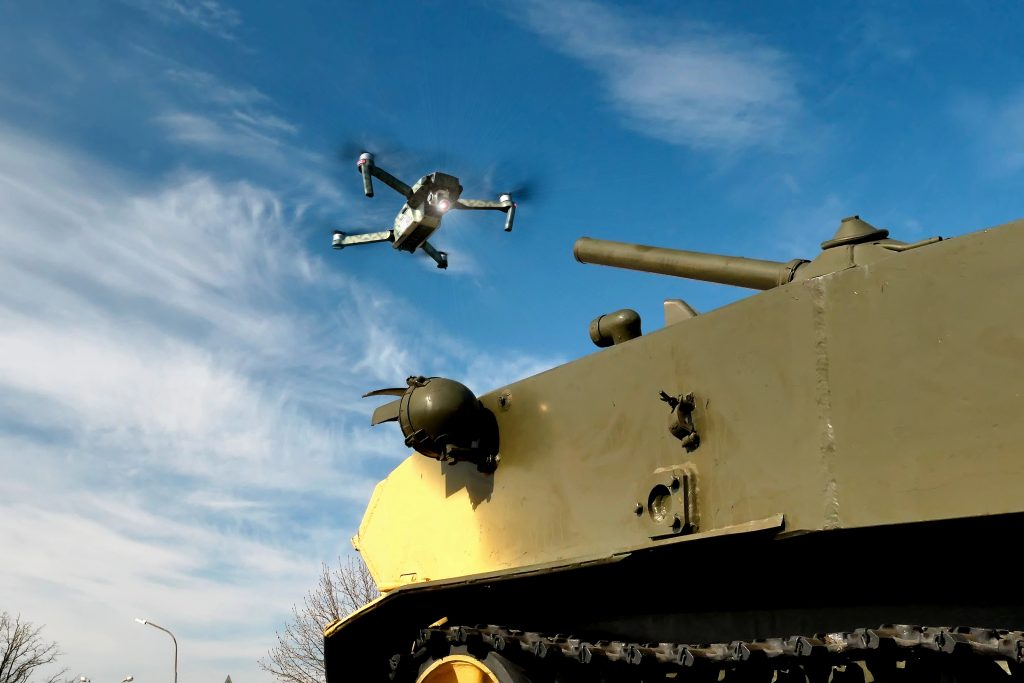
4. Precision Strike: Drones and Electronic Warfare in Action
The cart lab offered a demonstration of the Navy’s surgical strike capability by mixing drones and electronic warfare. Precision-guided projectiles, delivered by drones, hit at the nerve hub of the lab with minimal collateral damage, as communications were jammed and enemy sensors blinded by electronic warfare soldiers.
This strategy is one of a broader trend in naval warfare: employing unmanned vehicles and EW to achieve decisive results without endangering personnel to undue risk. The operational success demonstrates the prowess of blended drone and EW strategies at disabling advanced criminal syndicates and as a template for future special operations.

5. Learning from the Enemy: Modifying Narco-Sub and Drone Strategies
Smuggling and espionage have been abused by criminal organizations for decades with commercial drones and low-key submarines. The US Marine Corps is now testing logistics drones that borrow from such “narco subs” in an attempt to carry out stealth resupply missions in contested waters (logistics drones based on such “narco subs”).
By “borrowing a page from the narco drug runners’ playbook,” the military is embracing inexpensive, attritable unmanned vessels that can evade detection and transport significant supplies or payloads. Such a responsive strategy is paramount as the competition continues to advance with off-the-shelf platforms and hybrid systems.

6. The Power of Distributed Electronic Warfare: Projecting Phantom Fleets
Most significantly, possibly the most innovative program is the Navy’s NEMESIS program, which employs swarms of unmanned vehicles, decoys, and electronic warfare payloads to produce illusory fleets and confuse enemy sensors (NEMESIS program). By producing realistic but untruthful signatures across extensive ranges of real estate, NEMESIS can affect enemy decision-making and protect real assets from being targeted.
This “system of systems” paradigm is a quantum leap in electronic warfare, from localized jamming to cross-domain deception coordinated. To quote Admiral Jonathan Greenert, “We have to figure out how we can beat things electronically first. Why do we spend all this money kinetically if we can jam, spoof, or do otherwise?” (Association of Old Crows, 2013).

7. SCOUT and Live Experimentation: Stress-Testing New Capabilities
The Navy’s SCOUT Main Experimentation Event brought together military, industry, and academic partners to test new technology in rapidly changing, unscripted environments (SCOUT Main Experimentation Event). Sending manned and unmanned systems, sensor buoys, and artificial-intelligence-driven analytics across 100,000 square miles enabled participants to test their detection, tracking, and interdiction capabilities against drug-smuggling boats.
This fact-based, open-source approach drives the translation of revolutionary innovation from concept to real-world operation, maintaining naval forces flexible and effective in the midst of evolving threats.
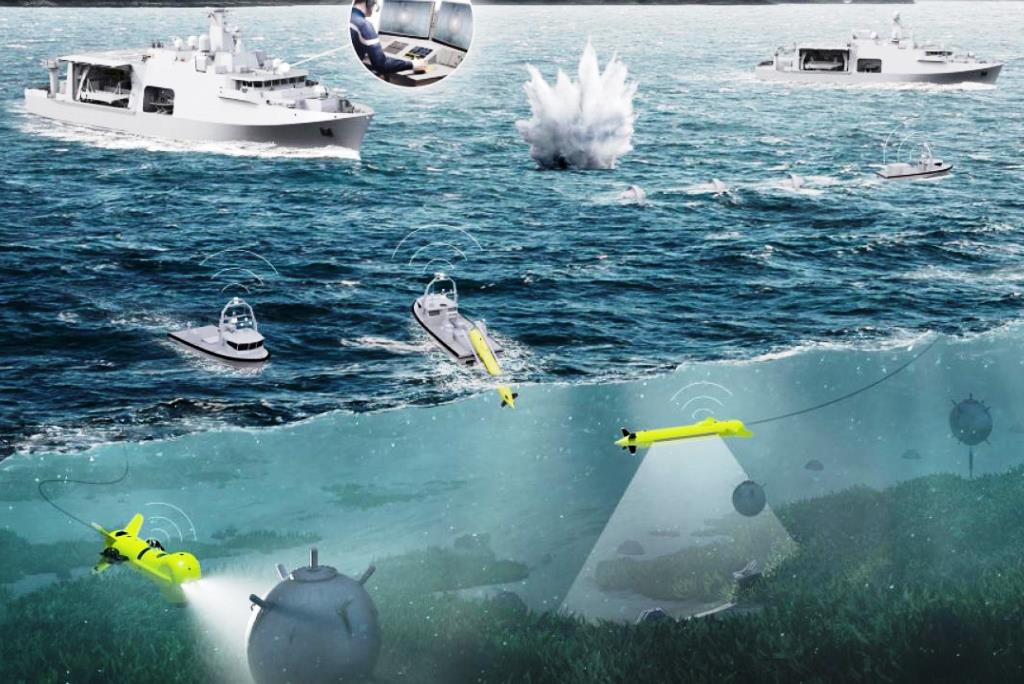
8. The Cat-and-Mouse Game: Cartel Adaptation and Naval Countermeasures
The after-effect of the lab strike unveiled a familiar pattern: criminal networks do not stand still, quickly evolving and diversifying operations and experimenting with new technologies. Mini-labs and decentralized supply networks were next, challenging the Navy to rethink patrols and surveillance strategies.
This repeated “tug-of-war” highlights the necessity for continuous innovation and intelligence exchange. For every new method employed by the competitors, the Navy is developing countermeasures via dispersed sensors, sophisticated analysis, or quick-response unmanned systems to remain in the lead.
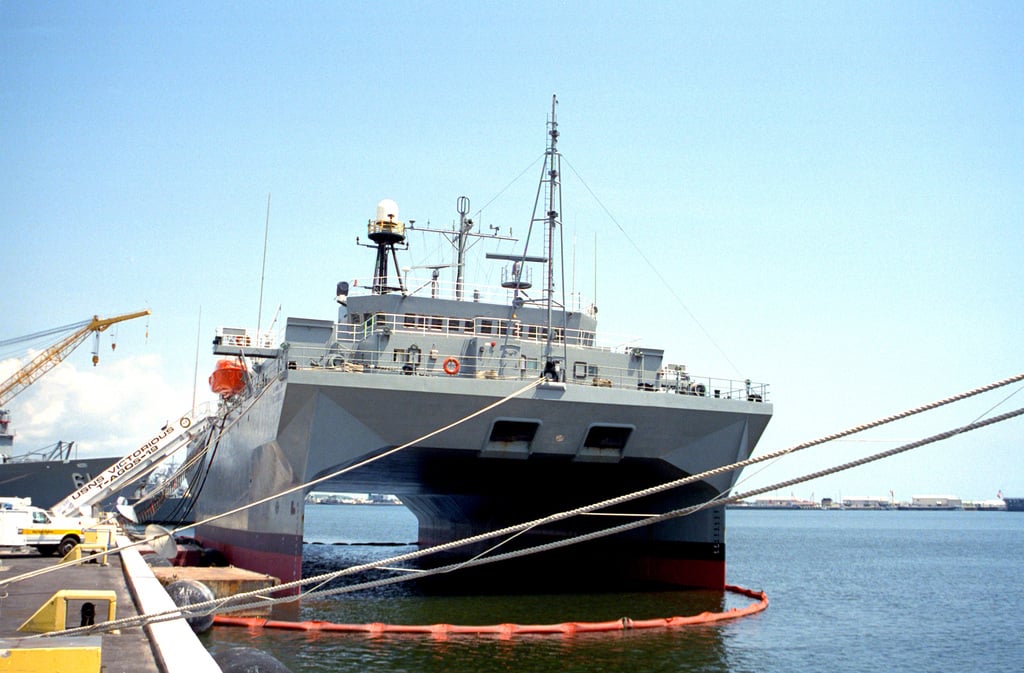
9. Lessons for the Future: Integration, Adaptation, and Strategic Surprise
The operation’s success is not merely in its tactical function but in its convergence of differing technologies and flexible tactics. Through the integration of persistent surveillance, precision strike, electronic warfare, and open-source intelligence, the Navy demonstrated a systems perspective to modern maritime warfare.
As opponents try to exploit commercial technology and asymmetric techniques, the use of new capabilities rapidly will be exploited and enemy sensors misled by it will be determinant. The evolving doctrine of the Navy in this instance sets a precedent for future special operations and the larger struggle for domination of the world’s oceans.
US Navy destruction of the cartel drug lab was not just a tactical victory it was a warning to the world that the future of naval war will be shaped by those who command the invisible battlespace of sensors, data, and deception. As technology accelerates and adversaries adapt, only those navies that are dedicated to integration, innovation, and strategic agility will dominate the seas. The rumble of this campaign still echoes not merely through ranks in cartels, but through the evolving face of global naval power.
